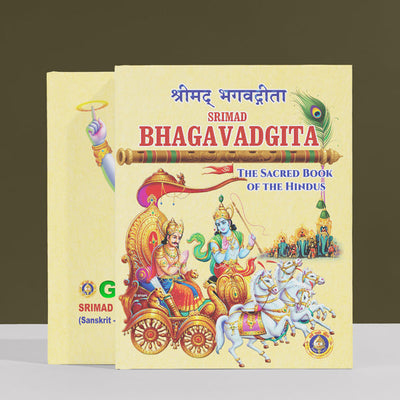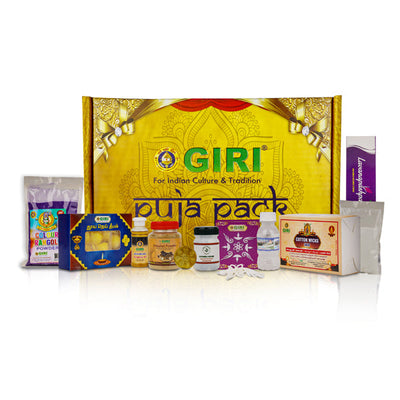
Golu Dolls
The Golu Story During Navratri
Navratri is mainly a nine-day festival of pomp and circumstance devoted to the worship of the goddess Durga. One of the most treasured traditions connected to this festival is the display of Golu dolls, also known as Kolu dolls or Golu dolls. This tradition, which originated in South Indian culture, entails arranging these dolls in an intricate manner that frequently represents various mythological characters and plots. A long-standing custom, Golu's setting symbolizes the victory of good over evil. The "Clay Bommai" display usually includes traditional Amman Golu dolls and Dasara doll sets, which are more engaging because they are made of clay. The most amazing thing about Navarathri Golu dolls is their elaborate arrangements, which serve as a way to showcase culture and convey stories in addition to adding to the festive mood.
The Importance of Golu Culture
During Navratri, the doll show, or golu, is very important to the culture. It is performed as a series of movements using several Golu dolls that are colorful, lively, and unique. It symbolizes both artistic innovation and spiritual devotion. The Navarathri Golu dolls represent many aspects of Hindu mythology and folklore, Amman Golu dolls and brightly colored Dasara doll sets being only two examples. They serve as informational channels and serve to remind us of our moral values and rich cultural heritage. Every single Golu doll, including the Kolu and clay dolls, has a symbolic meaning that encompasses many aspects of existence and spirituality. Apart from being a site of adoration for the gods, Golu was founded during Navratri with the intention of promoting cultural links among the community.
The Importance of Various Golu Steps
The "Padi," or golu steps, are a crucial part of the Navratri festival arrangement. Every stage of the Golu show represents one of the many themes and stories that the wide array of Golu dolls depicts. Though there are variations, the traditional approach entails constructing seven or nine steps and inserting different sets of dolls on each step. The final step usually involves clay kolu dolls, like the Amman Golu dolls, which represent different gods. Either real-world occurrences or scenes from epics like the Ramayana and Mahabharata could serve as higher levels. These navarathri golu dolls, which include clay bommai and Dasara doll sets, are creatively arranged to create a seamless sculpture that tells a story or follows a sequence. This arrangement adds elegance and narrates the important stories and lessons that were learned during the festival.
Traditions of Golu at Your Home
Golu celebrations at home, which bring families together in pleasurable and spiritually enriching ways, are a vital factor in the joyous ambiance of Navratri. Setting up a Navarathri Golu dolls exhibition on steps or platforms is what it involves; it features a range of dolls, such as Kolu and Amman Golu dolls. A family usually starts the preparation process by cleaning and decorating their home in order to welcome the Golu dolls. Every day of Navratri, the Golu display is specifically worshipped and given something, usually a variety of foods and sweets. The clay Bommai, the Dasara doll set, and the Golu doll exhibition are gestures of devotion as well as cultural artifacts that should be respected. It is traditional to invite friends and neighbors to witness the Golu, making it a social event that involves the whole community.
Different Indian Golu variants
Every region of India enjoys the distinct flavor and taste of golu. Known by another name in Tamil Nadu, "Kolu," this show showcases an expertly put together collection of dolls that on multiple levels embody every legendary figure from ordinary life. In Karnataka, a custom known as "Gombe Habba" entails setting up dolls to depict episodes from the Mahabharata and Ramayana. Dolls are displayed in elaborate settings as part of the "Bommala Koluvu" celebrations in Andhra Pradesh and Telangana. Each Golu location carries different clay Golu dolls and Navarathri dolls according to their artistic preferences and customs, adding to the rich tapestry of festival traditions across India.
Why is Golu present during Navaratri?
The "display of dolls," or Navarathri golu dolls, is a crucial part of the Navratri celebrations and serves a number of purposes. Here's one way to pay tribute to Goddess Durga for vanquishing evil. Hindu mythological tales are reenacted with Golu dolls, such as the traditional Amman Golu dolls and Dasara doll sets, to visually depict heavenly stories and ideas. A custom that promotes a sense of unity and intimacy among people is the arrangement of dolls, which is connected to the making of clay Golu and Kolu dolls. As such, the tradition upholds the cultural ethos while simultaneously offering a reason for family get-togethers and a feeling of oneness with God.


















